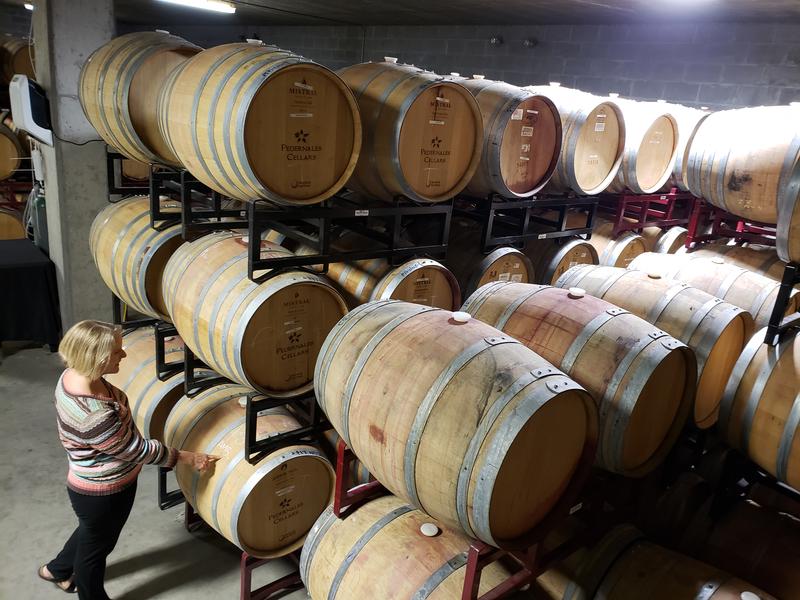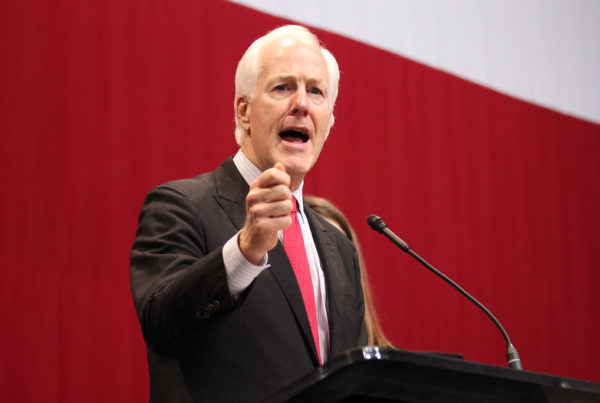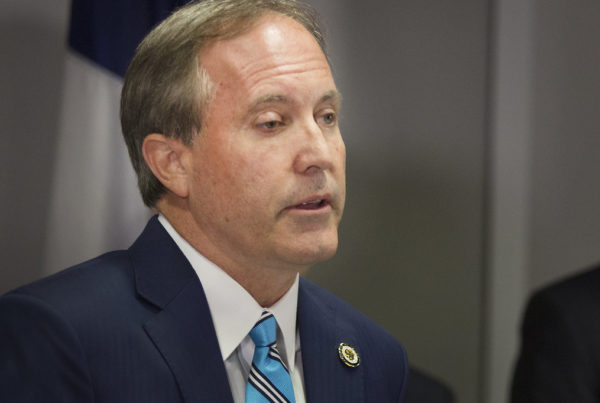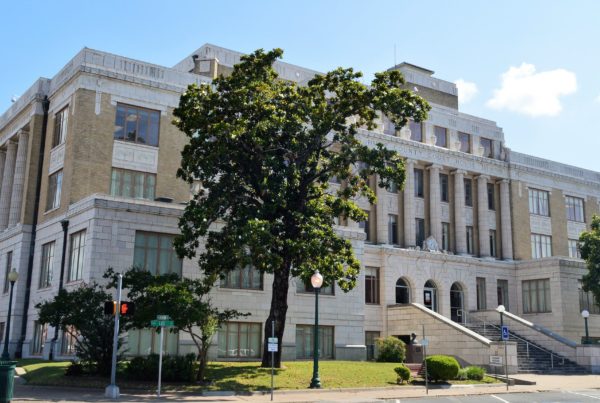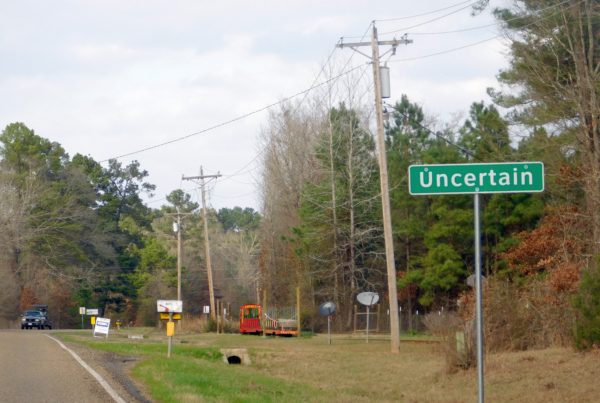From Texas Public Radio:
Texas is famous for the Alamo, barbecue and cowboys. But some Texans want the Lone Star State to be famous for wine, too.
The state reports there were 93 active winery permits in Texas 10 years ago. Today, there are 530.
Ask a wine-loving Texan and they’ll tell you there are several qualities that set Texas bottles apart from out-of-state competitors: a combination of heavy rainfalls and scorching sun rays help to nourish vines and ripen grapes.
An hour north of San Antonio, or west of Austin, will bring you to one of the biggest concentrations of wineries in the state, around the towns of Stonewall and Fredericksburg.
Brother and sister David and Julie Kuhlken co-founded Pedernales Cellars in 2006, and business is good. They produced 12,000 bottles of wine in 2000. Today they produce 180,000 bottles.
Julie Kuhlken said a tough little Spanish grape called the Tempranillo, a few Portuguese varieties and a couple of French varieties all thrive in the rocky soil around Stonewall. The soil is similar to the soil in parts of Europe where the grapes originated.
“This is like degraded sandstone and degraded limestone, and this is exactly what grapes love. They want soils that they really have to push with their roots, look for water, look for nutrients,” she says.
There are 54 wineries in the Hill Country, which, according to Kuhlken, can satisfy most wine tastes.
“Don’t go to more than four wineries,” she warns visitors. “Definitely pace yourself and do a little research beforehand. Everybody wants different things out of their wine experience.”
State historians report that Franciscan priests in 1659 established the first vineyard in what would become the U.S. Other Europeans brought their own grapevine cuttings with them.
According to the Texas State Historical Association, wineries were closed when the Texas Legislature voted the state dry. The industry turned its attention to making grape juice to survive during Prohibition.
The Texas wine industry is the fifth biggest among wine-producing states, trailing California, Washington, New York and Oregon, according to the Texas Department of Agriculture. The federal government reports the Texas Hill Country is the second-biggest winemaking region in the nation, outside California.
Kuhlken says the state agriculture department has stepped up its efforts to promote Texas wines, and she hopes that will continue. But she says state tourism officials could still do more to promote the $13 billion industry. It employs 140,000 workers, mostly in the Hill County, the High Plains, along the Red River in North Texas, around El Paso and in the Davis Mountains.
She said the money could be spent on advertising and education that place the wine industry on par with other Hill Country attractions.
“I think more could be done to promote [wine] as part of Texas tourism because people still associate Fredericksburg and this area primarily with peaches and the Fredericksburg heritage,” Kuhlken says.


